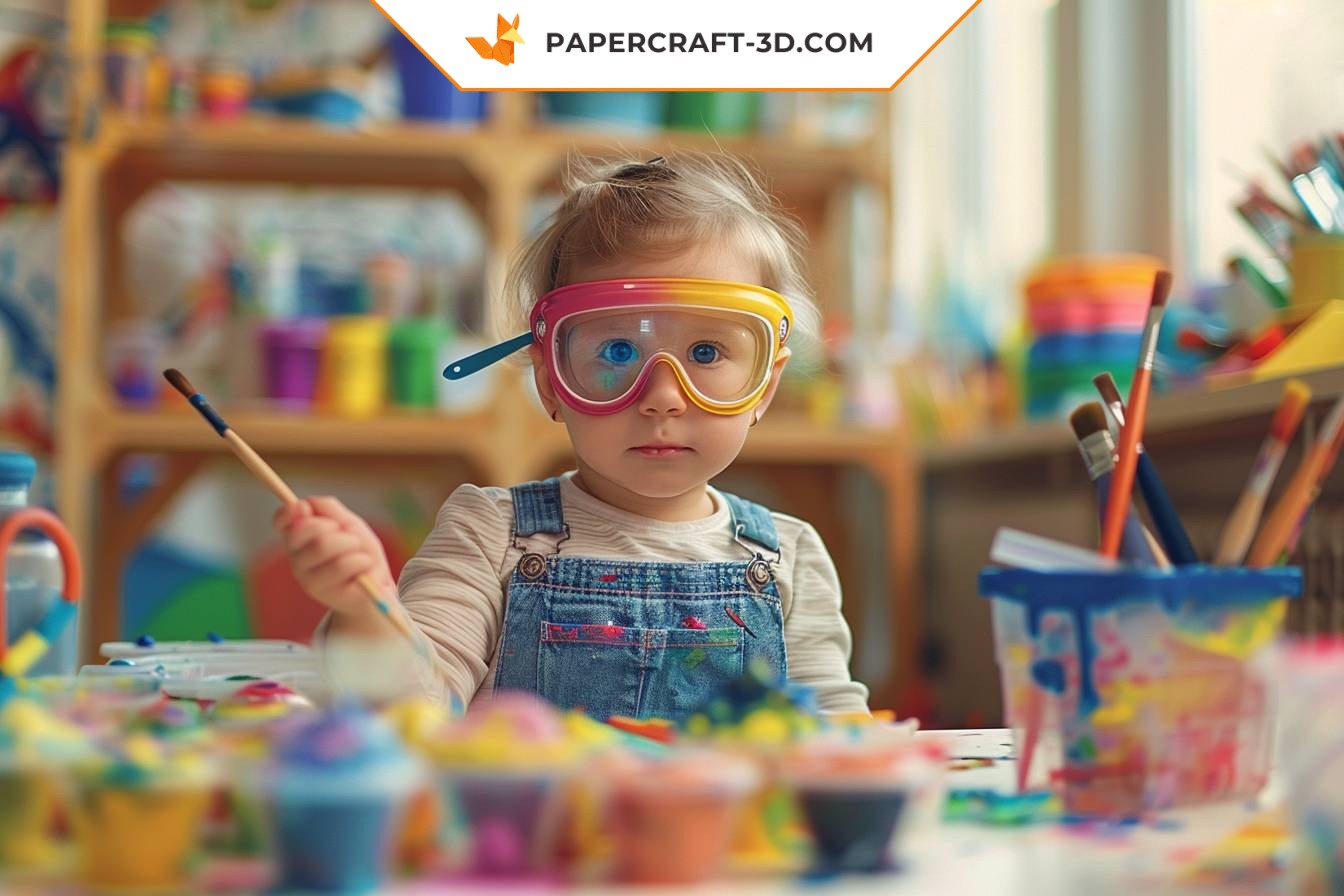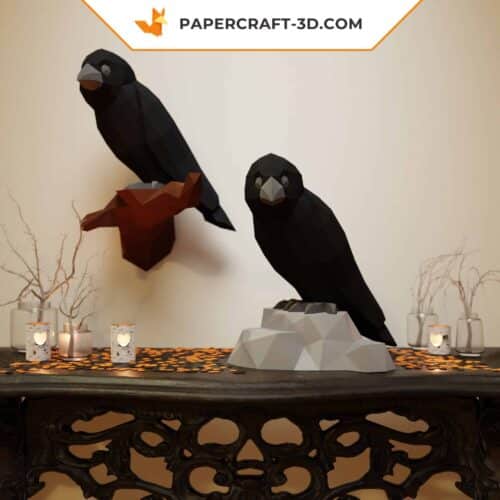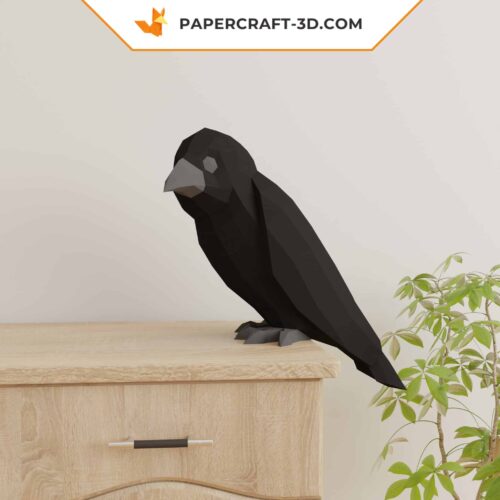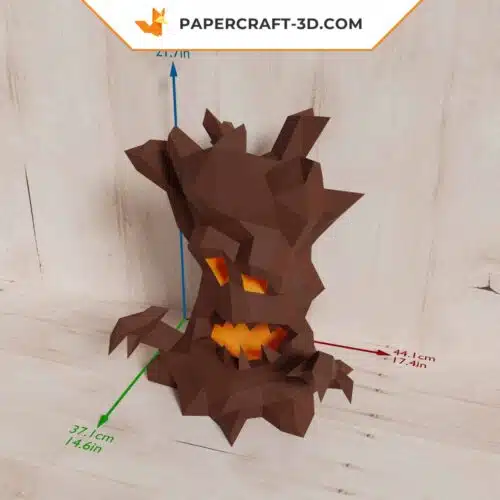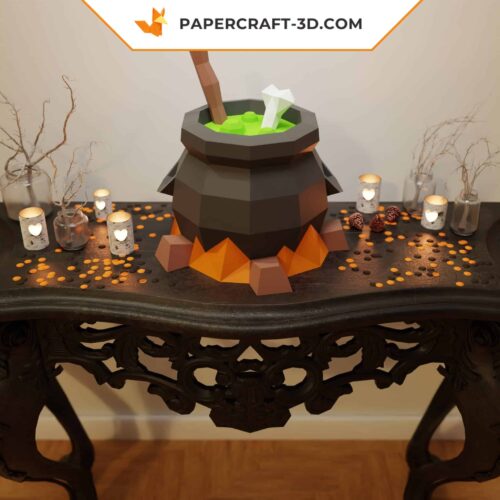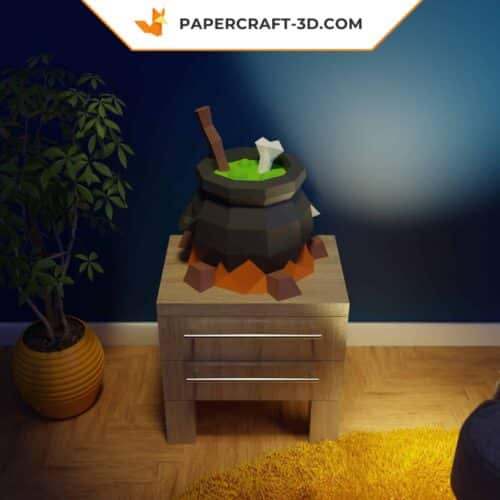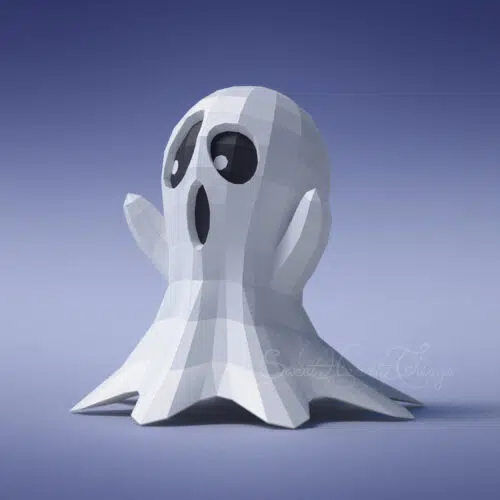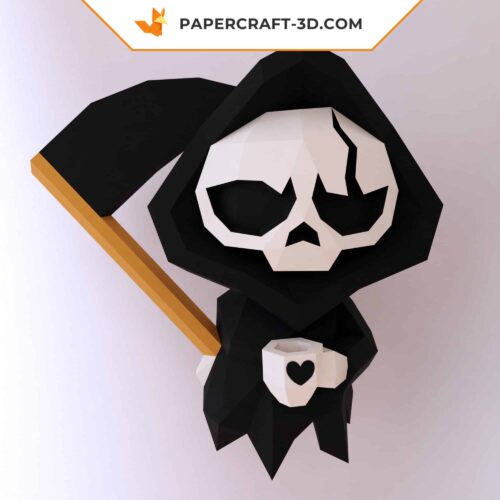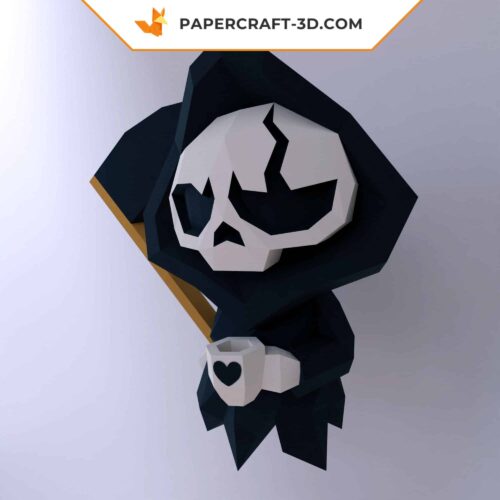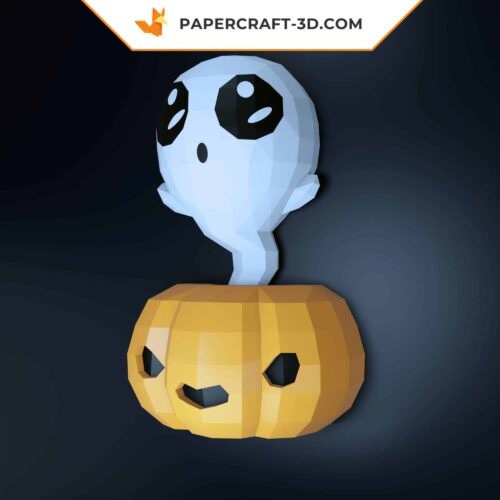Who hasn’t dreamed of offering their children a unique moment of sharing, imbued with creativity? 80% of French parents regularly look for manual activities to keep their toddlers intelligently occupied. DIY is more than just a hobby, it’s a real educational adventure. Wondering how to go about it? No problem! We’re going to show you a whole host of original ideas for creating decorative objects with your children. But that’s not all! We’ll also give you the keys to making a success of these creative and safe little projects.
| Key points to remember |
|---|
| The importance of DIY for children’s cognitive and social development |
| The variety of materials available for creative projects |
| Simple and original ideas to stimulate children’s creativity |
| Practical tips to ensure the success of every project |
Ideas for decorative projects with children
Inspiration for creating decorative objects with children can come from anywhere. Simple, easy-to-find materials can be transformed into unique works of art. Here are a few ideas to get you started.
1. Coloured paper garlands
A timeless classic that brightens up any room. For this project, you’ll need colored paper, a pair of scissors and string or thread. Cut the paper into various shapes (hearts, stars, animals) and attach them to the string. It’s a simple activity that lets children work on their fine motor skills.
2. Yoghurt pot candle holders
Nothing is lost, everything is transformed! Empty yoghurt pots can be recycled into attractive candle holders. All you need is a little acrylic paint, some brushes and your overflowing imagination! Once the paint is dry, place a tea light inside the pot and you’ve got a beautiful homemade candle jar.
3. Natural motives
Why not take advantage of a walk in nature to collect treasures? Dried leaves, pine cones, branches… all elements you can assemble to create a unique natural mobile. All you need is a sturdy branch, strong thread or string, and of course your natural finds.
- Tip: For dried leaves, place them between two sheets of absorbent paper under a stack of books for a few days to retain their shape.
- Tip: If you want to add a touch of shine to your mobile, why not use a little gold or silver paint on certain elements?
- Tip: Make sure all components are securely fastened before hanging the mobile, to ensure it’s safe for children.
These ideas are just the beginning! With a little imagination and a few simple materials, the possibilities are endless. The most important thing is to have fun and let your children’s creativity run wild.
Steps for creating a decorative project with children
The art of DIY is a delicate dance between creativity and precision, especially when working with children. The key lies in careful preparation and monitoring of each step. Here’s how you can orchestrate this beautiful symphony of colors and shapes.Step 1: Choose the projectFirstof all, you need to choose the right project. To do this, consider the child’s age, interests and skill level. A project that’s too complex can be discouraging, while one that’s too simple may not stimulate their imagination enough. So it’s crucial to balance these factors to ensure an enriching experience.Step 2: Gather materialsOnceyou’ve chosen the project, it’s time to gather the necessary materials. Here’s a general list that might help:
| Material | Possible use |
|---|---|
| Colored paper or cardboard | Cutting, gluing, creating patterns. |
| Non-toxic glue | Make the different parts of the project adhere to each other. |
| Round-tipped scissors | Cut out paper or cardboard. |
Don’t forget that every project has its own material requirements, so make sure you have everything you need before you start.Step 3: Follow the instructions Now that everything’s ready, let ‘s get started! Follow the step-by-step instructions with your child. Encourage your child to express his or her creativity within the guidelines of the project.Step 4: Let dry and admire After you’ve finished your craft, let it dry if necessary. Once dry, it’s time to admire your work! Take a moment to congratulate your child on his or her hard work and creativity.In the end, every step counts in making a decorative object with your children. The most important thing is not only the final product, but also the shared experience and skills acquired in the process.
The importance of DIY for children’s development
DIY isn’t just a fun activity for kids. It’s much more than that. In fact, it plays a crucial role in their overall development. Whether creating decorative objects or building scale models, every project offers an opportunity to learn and grow.
For a start, crafts help develop children’s fine motor skills. When they cut, glue, fold or draw, they use their little hands and fingers. These actions strengthen their hand-eye coordination and prepare their muscles for more complex tasks such as writing.
DIY projects also stimulate children’s creativity. They are free to experiment with different shapes, colors and textures. This encourages original thinking and helps children express their ideas in unique ways.
What’s more, DIY is a great way to teach children problem-solving skills. They learn to plan their projects, overcome obstacles and adjust their plans if necessary. These skills are essential not only for academic success, but for life in general.
Finally, working on a craft project can boost children’s self-esteem. Every object they create is an achievement they can be proud of. This boosts their self-confidence and teaches them the value of hard work.
The next time you’re looking for an activity for your kids, why not consider a DIY project? Not only will they have a great time, but they’ll also learn valuable skills that will help them throughout their lives.
An expert’s word on the subject
“The creative process involved in artistic shaping can help young children develop fine motor and cognitive skills, while offering parents a unique opportunity to observe exactly where their child is in his or her development,” explains Dr. Richard Rende, a renowned researcher in the field of cognitive development in children.
Results of recent studies
In a study published by The Journal of Early Childhood Literacy, researchers found that manual activities such as cutting and pasting help young children develop their language skills.
So, are you ready to embark on a craft project with your children? In the next section, we’ll introduce you to our online store, which offers origami and 3D papercrafts for kids.
Meet Papercraft-3D.com, your creative ally
Looking for more ideas for arts and crafts activities with your children? Would you like to introduce them to the art of folding and cutting? Papercraft-3D.com is here for you. Our online store offers a wide range of 3D origami and papercraft kits, specially designed for creative little hands. The kits include clear instructions and quality materials, guaranteeing impressive results and a fun experience. With Papercraft-3D.com, there’s no limit to creativity. So, are you ready to put a smile on your children’s faces while stimulating their imagination?
What are the best materials to use for DIY projects with children?
How can I adapt a DIY project to my child’s age?
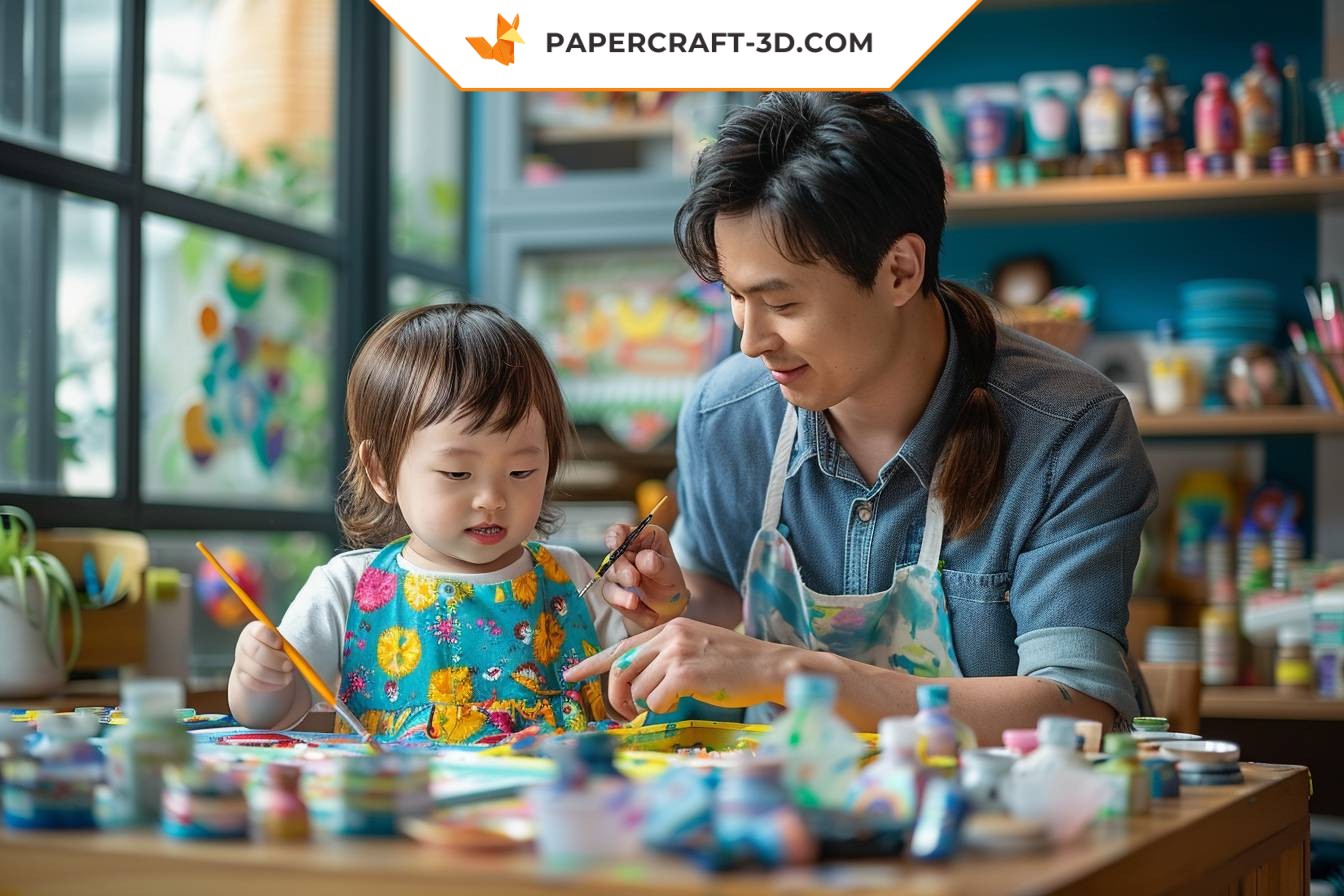
How can I ensure my child’s safety when doing DIY?
